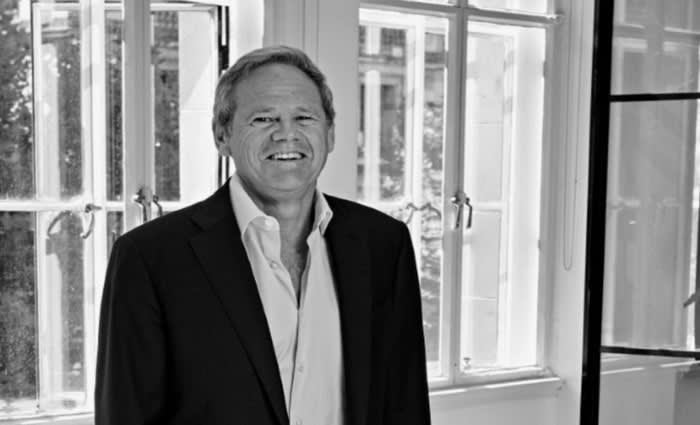Australia needs to build a new 'Canberra' every year: Mike Day
EXPERT OBSERVER
In 1988 the Australian Bureau of Statistics (ABS) projected a population of 25 million by 2050. Australia reached that estimate 30 years earlier. Our population grew by more than 400,000 in 2018-19, and the ABS now projects a population of 30 million by 2030.
At this growth rate, Australia will need to house an additional 16.8 million residents in the next 40 years. This is the equivalent of a new city the size of Canberra every year for the next 40 years – or a city the size of Darwin every 12 weeks.
Mike provides recommendations to governments and urban developers building sustainable cities that will avoid putting further strain on our existing capital cities, maintain our standard of living and health, provide local jobs, make housing attainable for every generation, save water and create safe streets for pedestrians and cyclists.
Mike’s 7 recommendations to building new cities that will ease the squeeze:
1. Locate new cities between Sydney and Melbourne. Mike says now is the time to think about potential sites for new cities. For instance, eight could be built along the Sydney-to-Melbourne high-speed rail service that is being considered by government. Connecting the two cities provides an opportunity to promote the ‘twin cities’ of Melbourne and Sydney, considered by many as the world’s most liveable and beautiful cities.
2. Build ‘urban’ cities from the start. Mike says new cities must be medium- to high-density from the outset, be connected within by sustainable forms of transport and offer local jobs. A specific rapid mixed use, walkable, urban city model is being advocated to Federal and State Governments by Consolidated Land and Rail Australia (CLARA) – a private group RobertsDay is assisting – which is offering solutions to re-balance Australia’s existing settlement and deliver new ways of planning and building liveable, sustainable, connected cities, transport and infrastructure.
3. De-centralise jobs. Mike says most land uses can now happily co-exist. However, any new cities that we build will require multiple ‘outer-suburb mixed use urban centres with mixed-use retail, commercial and residential areas that are transit-based, compact and walkable. This will ensure short commute times and avoid putting pressure on transport systems and roads. Mike says our existing cities – especially Sydney and Melbourne, where the cost of commuting and housing attainability is a major problem – would also benefit from additional outer-suburb mixed use urban centres.
4. Create low-water-use outdoor community spaces. Grass requires a lot of water. With water levels expected to be a major long-term issue, Mike says cities can better manage water usage by developing courtyard-style housing, and European-style outdoor community spaces (much like piazzas) that are water-wise through the use of materials such as pea gravel to replace turf and drought-tolerate plant species such as olive trees.
5. Build water-wise, medium-density homes. NSW planning minister Rob Stokes is pushing for more medium-density housing in the State. This will bring residents multiple benefits. Townhouses and courtyard homes, with their turf-free outdoor spaces, will result in a significant reduction in water usage. In contrast to apartment complexes, townhouses and terraces provide individual street frontages, allowing residents to feel connected to their neighbourhoods. If townhouses are designed like the successful terrace models in Sydney, Melbourne, Vancouver, Seattle and Toronto, homeowners will be able to capitalise on their properties by building 40 sqm granny flats above their garages.
6. Recognise walking and cycling as the privileged modes of transport. Townhouse communities can be designed with small streets at their rear providing access to garages. This minimises garages and driveways at the front of properties, enabling uninterrupted walking and cycling along tree-lined street frontages. This will improve safety and quality of life for pedestrians and cyclists. Imagine kids being able to safely walk to school again!
7. Strive to embrace the UN’s Sustainable Development Goals. All 193 United Nations member countries have adopted the 17 UN Sustainable Development Goals (SDGs), to be achieved by 2030. These SDGs envisage the delivery of sustainable cities and neighbourhoods, protecting the planet and ensuring prosperity for all. Mike says that the bushfires have raised our awareness internationally, and that we need to act on them now. The Federal Government, State Government and the urban development industry need to more comprehensively action the SDGs.
MIKE DAY is one of Australia’s best-known urban planners and designers, the co-founder and director of RobertsDay and a fellow of the Planning Institute of Australia
